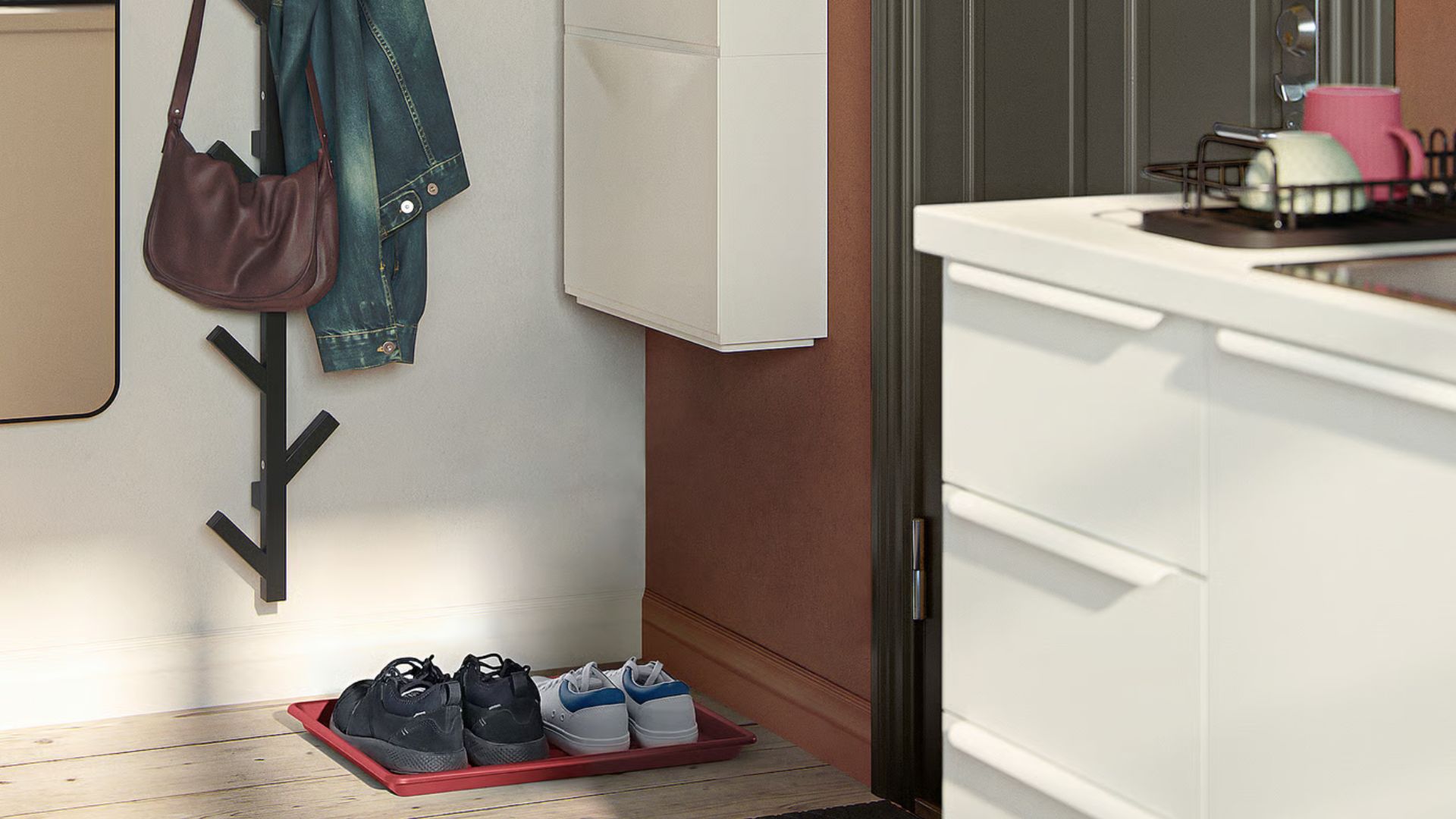How to make your clothes dryer last longer — and perform better
Here’s how to make your clothes dryer last longer and need fewer repairs
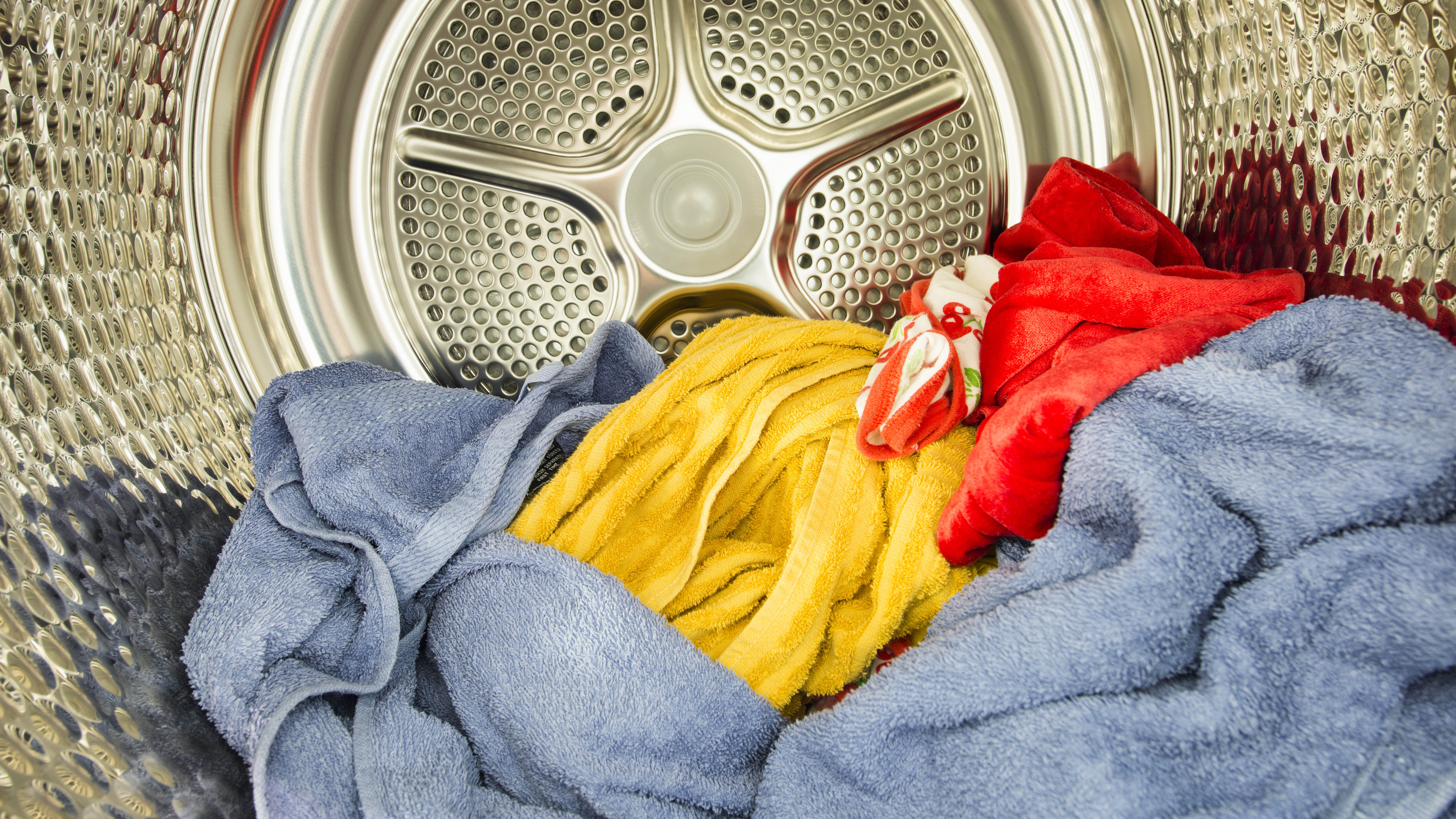
No laundry room is complete without one of the best clothes dryers. Many of us rely on these appliances day-in day-out to take the work out of drying our laundry. The trouble is, with everyday use, wear and tear on your dryer is inevitable, whether it builds up lint or simply overworks itself.
The good news is that there are ways you can reduce the workload on your clothes dryer, and make it perform better at the same time. In fact, you might be making several routine mistakes which could be impairing your clothes dryer, and we’re not just talking about things you should never put in the dryer. Here, we will break down 7 ways to make your clothes dryer last longer, and improve its performance.
Fed up with tangled laundry? Be sure to also check out 7 ways to prevent your clothes from tangling in the clothes dryer. Also, I test appliances for a living — here are my top 9 clothes dryer tips.
1. Fill it to the right capacity
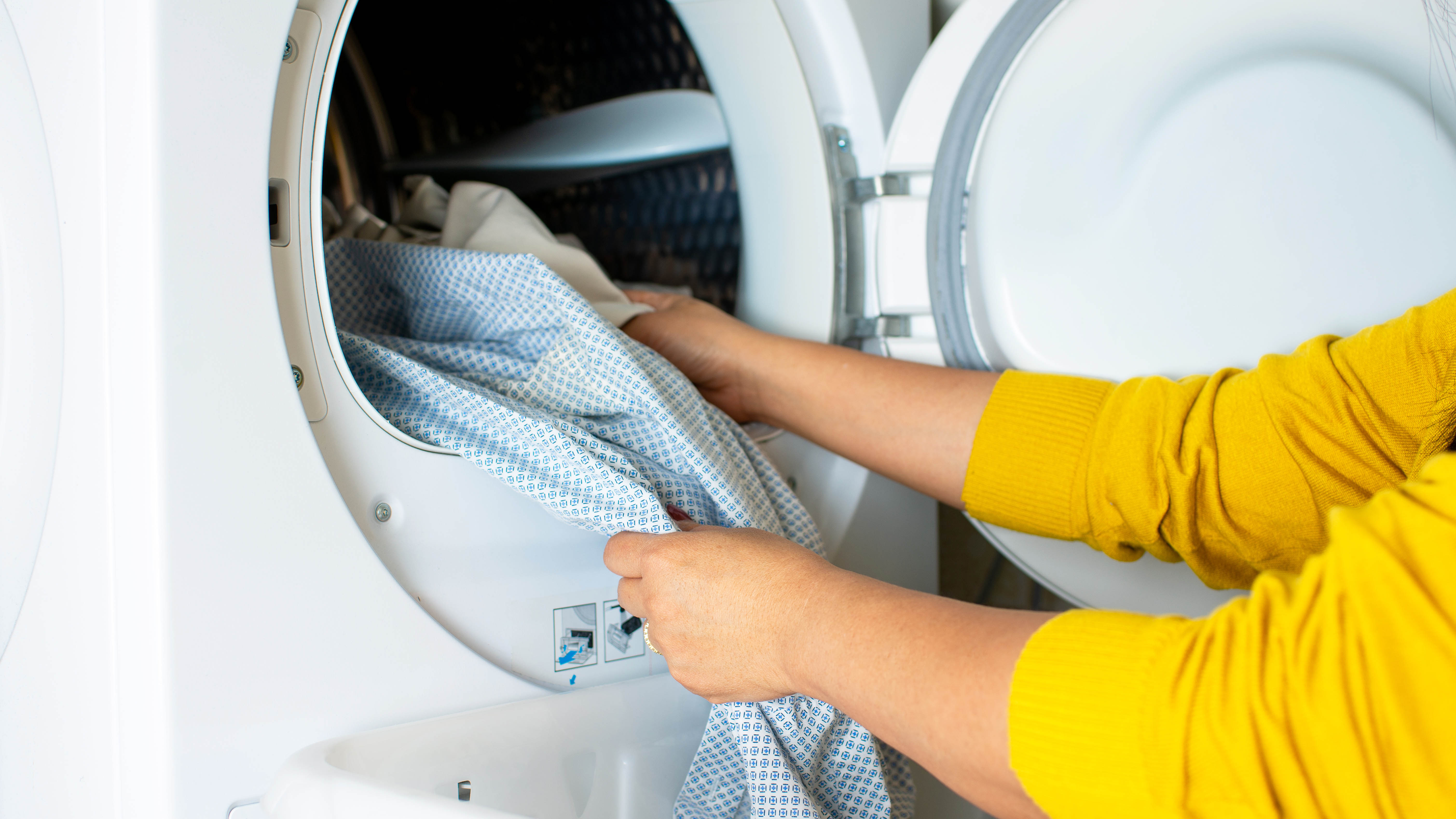
It’s all too common for people to overload their dryers. After all — if the drum is big enough to fit the items, why wouldn’t you? The fact is that for a clothes dryer to effectively work, the clothes need to be able to rotate and tumble as part of the drying process. The space in the drum is necessary for the hot air to circulate and reach each item of clothing.
For this reason, clothes dryers tend to have lower capacities versus washing machines. So if you ever attempt to transfer a fully loaded washing machine drum into a dryer, it’s more than likely that the load will come out dry and damaged on the outside and wet in the center. Always refer to your manual for guidance on the capacity, and remember that this refers to the weight of the dry laundry.
2. Clean the dryer vent
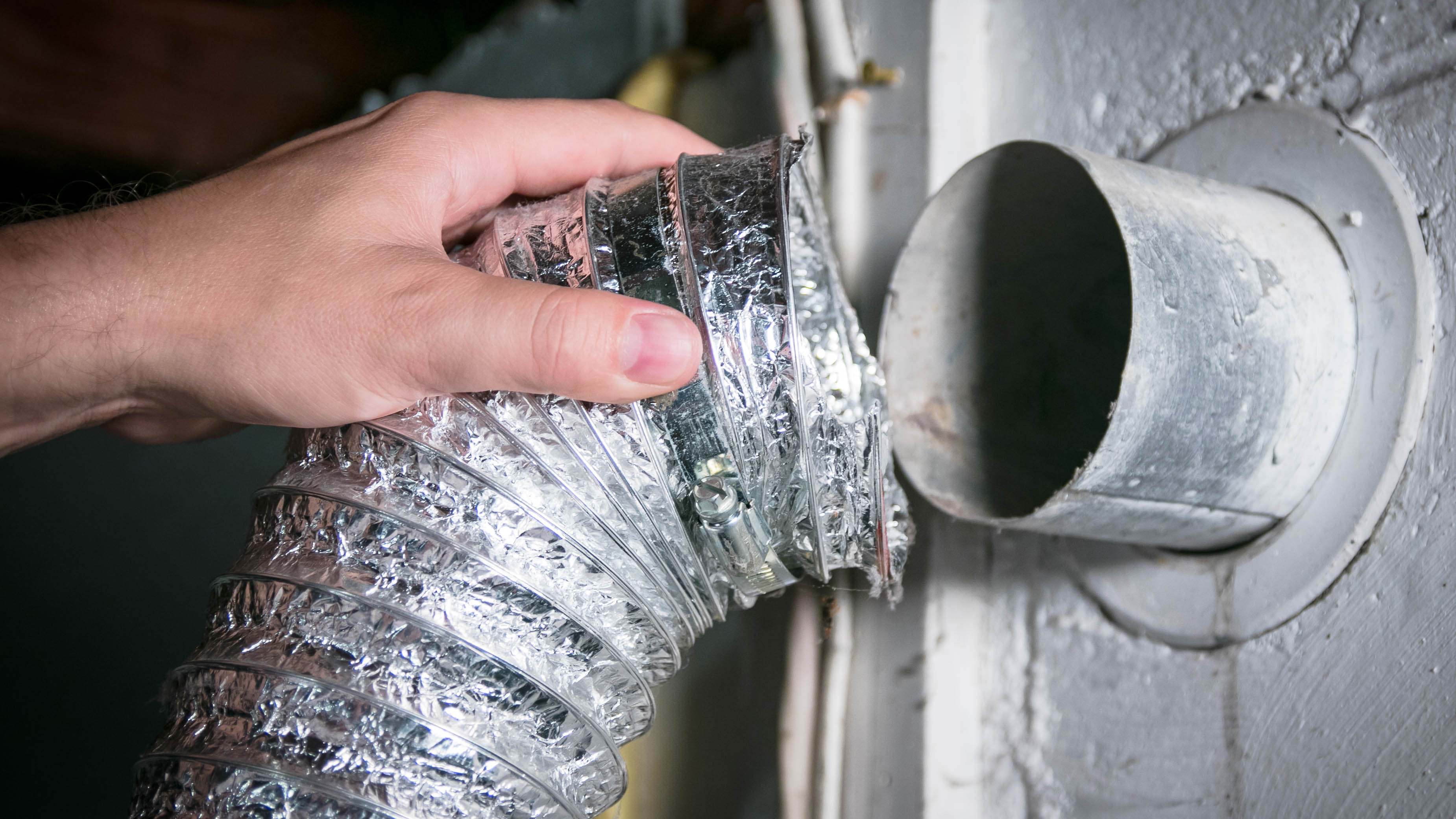
Next, make sure you keep on top of maintaining the dryer vent. If any lint manages to find its way into the dryer vent, it can soon build up and cause a blockage. In serious cases, this can lead to a fire hazard, so it’s essential that you regularly check this.
Tell-tale signs of a lint blockage include your dryer taking longer than usual to run — this is because it’s not venting as effectively. It can also produce a burning smell, and feel hot to the touch, which should raise alarm bells immediately.
Get instant access to breaking news, the hottest reviews, great deals and helpful tips.
You should stop and clean your dryer vent if you notice any of the above. Otherwise, the dryer vent should be cleaned twice a year on average to keep it functional. Cleaning the dryer vent may sound intimidating if you’re new to this chore, but it’s more simple than you’d think. Here’s how to clean a dryer vent for step-by-step guidance.
3. Empty the lint filter

While we’re on the topic of lint, make sure you’re emptying the lint filter regularly as well. This can usually be found at the base of the door on the clothes dryer — in most cases, it simply lifts out and clicks open to reveal the lint. Collect it using a vacuum cleaner, and make sure any threads are pulled free.
While you can’t recycle lint, you can chuck the excess on the compost heap — that’s right, lint is compostable. You can then refit the filter as you found it and you’re good to go. Some machines come with indicator lights to tell you when the filter needs cleaning, but others will need to be checked manually.
4. Use the correct program or heat setting
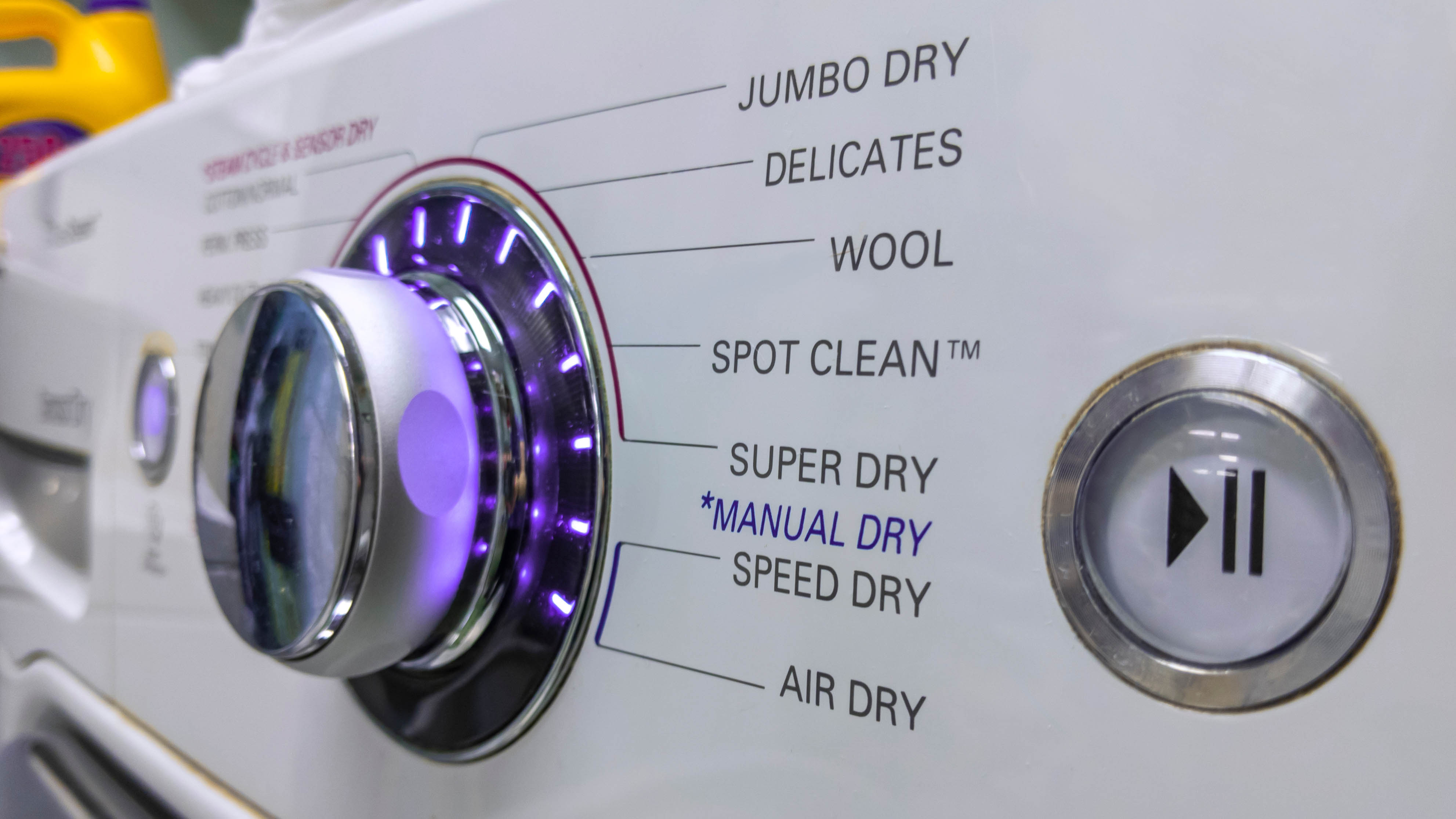
Whether you’re using one of the dedicated programs on your dryer, or simply manually setting a timer, you need to make sure you’re using the best function and heat setting. If the timer goes on for too long, or the temperature is hotter than the laundry can withstand, this will quickly lead to damage.
On the other hand, you don’t want to have to keep checking to see if and when your laundry is dry — this quickly gets annoying. You need to find the perfect balance between time and temperature for the optimum drying results. Refer to your manual for guidance on the best settings to use, and remember that it will be quicker to dry when there’s less items. It’s handy if your clothes dryer comes with sensors — that way it will automatically stop the program once it senses that the load is dry.
5. Pre-prepare your clothes for drying
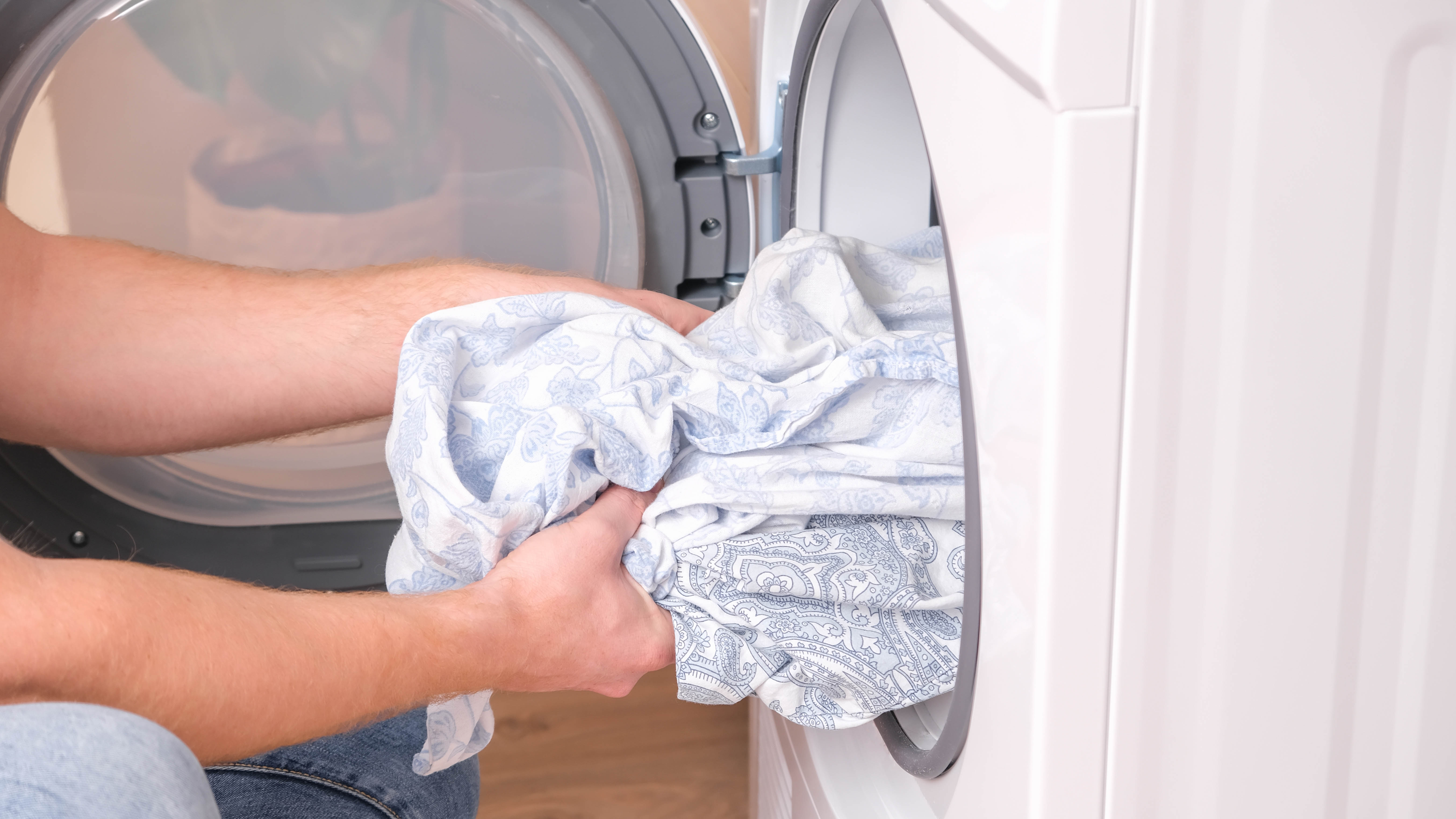
Your clothes shouldn’t be bundled into the dryer exactly how they came out of the washing machine. Take the time to untangle and shake-out each item prior to loading. That way there’s no surprise items, such as socks, slowing the drying process. This will help keep wrinkles at a minimum as well.
Be sure to do up the buttons on your duvet covers to stop rogue items from getting tangled within. Also, remember that items should be damp, but not soaked before going into the clothes dryer. If you can wring water out of your laundry, the spin cycle on your washing machine has failed, and the load needs to go for another spin prior to drying.
6. Avoid using it when you don’t need it

If you use your clothes dryer everyday, without fail, it’s not likely to last very long. Try to reduce your usage by using the optimum capacity within the drum. You can also take advantage of the sun outside when it’s there and hang your clothes out instead. This is one of the ways to ditch the clothes dryer and save on energy.
Essentially, get into the habit of giving your clothes dryer a break. Not only will this help your appliance last longer, it will save on energy as well.
7. Don’t put anything in it you shouldn’t
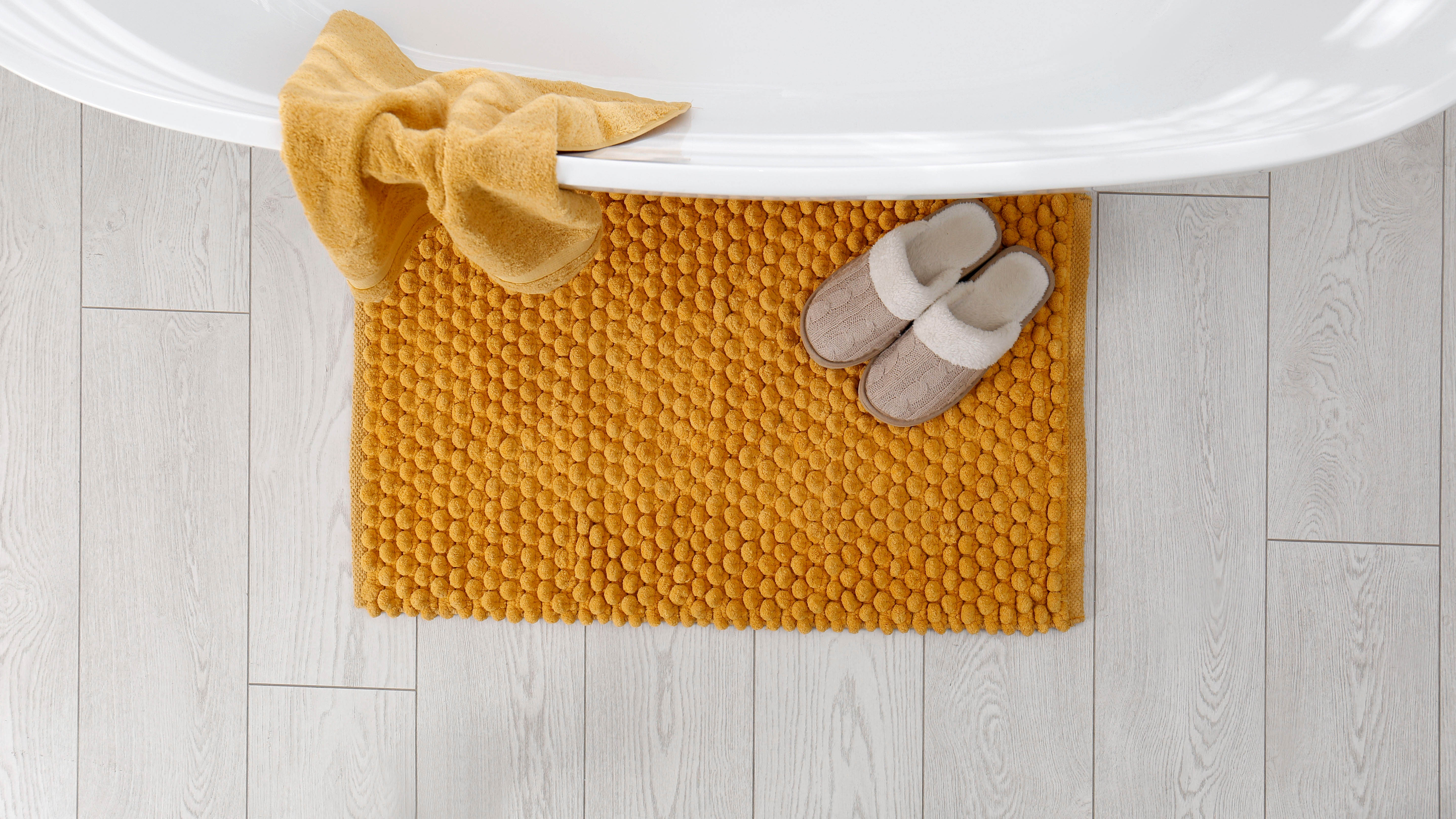
We really shouldn’t have to say it, but there are certain things you should never put in the dryer. We’re admittedly more aware of some items than others. For instance, most know that woollen jumpers are a dryer no-no. But, did you know that swimsuits, bras and rubber-backed bath mats should also be avoided?
Make one of these mistakes and, not only could you damage the item in question, you could end up damaging your clothes dryer as well.
For more washing tips, tricks, and how-tos, check out our guides on best clothes dryers, when you should and shouldn't use the quick wash setting and what do laundry symbols mean?

Katie Mortram used to be a Homes Editor for Tom's Guide, where she oversaw everything from kitchen appliances to gardening tools, as well as smart home tech. Specializing in providing expert advice for cleaning and home manintenance, she now works as Household Advice Editor for Good Housekeeping.
